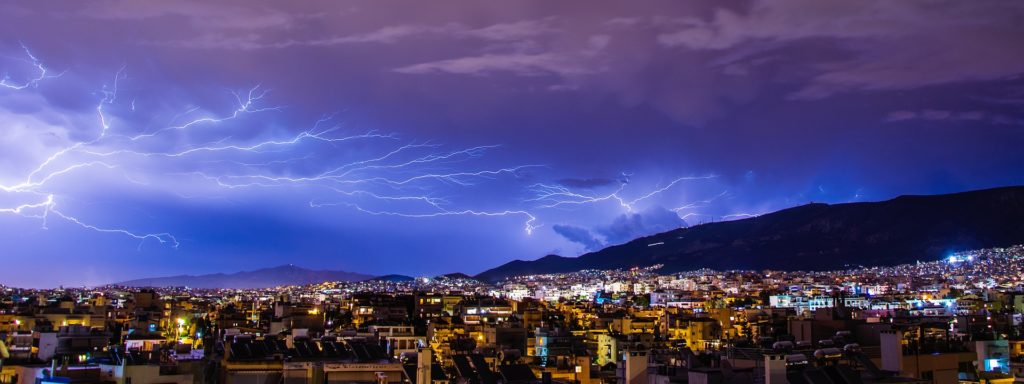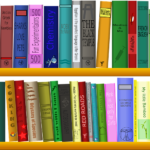
Fiction writers, unite! There’s something special about the ability to create new worlds, one-of-a-kind characters, and never-before-experienced history. An author of fiction can present ideas that would be resisted, if not rejected outright, in non-fiction. So if you’ve been holding back because you’ve been told that fiction is just “escapism,” read on.
The beautiful thing is that fiction writers have so many avenues open to them for introducing the public to their work. We’ll start from short and proceed to long form options.
My apologies, word lovers, while we look at a few numbers. It’s unavoidable: If we want to bring in money (a numeric reality), we need to know what the market is willing to pay for. As an author, it’s your responsibility to know the industry definitions and standards–including word counts–for what you plan to write. And, yes, there are paying markets for nearly all the forms of fiction discussed below.
According to Writers Digest, Short stories can be from 1,500 to 30,000 words; novellas run from 30,000 to 50,000; and novels range from 55,000 to 300,000 words. An online source (Daily Writing Tips) discusses even shorter works: “short shorts” or “flash fiction,” ranging from 250 to 1000 words. Micro fiction, known by several names, pares the story down to an unheard of 50 to 100. Several Facebook groups are even asking for six-word stories.
Now, back to words.

Flash Fiction, or sudden fiction, has grown in popularity over the past few years. Maybe it’s due to the demands of our busy digital age and our decreased attention spans. Whatever the reason, short short writing places new demands on the writer. To produce effective short shorts, it’s necessary to limit the number of characters, themes, and descriptive details with the requisite beginning, middle, and end in the allotted space. These stories often contain a surprising twist.
Short Stories, in their traditional form and length, have been around for millennia. When stories belonged to the oral tradition, brevity had its obvious advantages. Now they offer the reader a brief respite from life’s demands and can be enjoyed in random moments of leisure. For the author, they provide an outlet for the ever-active imagination that must be nurtured and fed. Markets abound, from blogs and websites that provide a venue for beginning writers to build an audience all the way to well-paying markets. Literary magazines, genre-specific publications such as science fiction and mystery, and consumer mags for every conceivable interest are a few of the possibilities. Short stories also lend themselves to contest submissions, which can be a boon for winners, but often require a fee to enter.
Fan Fiction is a relatively new form that is written by fans of a particular movie, television series, or even graphic novels. It uses the setting and characters of the original, but the story ideas are the creation of the fan. The length is determined by the length of the original material–and the fan’s creativity. The major issue with fan fiction is that it may violate copyright laws. This is a subject for another blog post, but the words to be aware of when researching this issue include “derivative” works, “parody,” “satire,” “fair use,” and “permission.” Ignore the guidelines at your peril.
Novels and Novelettes have been the staple of readers in many languages ever since the printing press became a staple in our society. Their availability as hardbacks, paperbacks, and digital versions make them ubiquitous. Can’t afford all those books? The library carries them by the thousands–and you don’t have to clutter your shelves at home.
Epics and Sagas take the novel a bit further. Actually, a good deal further. They usually portray the lifetime of a larger-than-life character (think, the Odyssey) or carry the story of an influential family from one generation to the next. These are not as popular as they once were, due to the intimidating length.

Series are popular with both readers and writers. Readers enjoy revisiting a favorite character and following his or her latest exploits. Writers rejoice because they only have to create the world and its characters once. Beginning a new book is just a matter of creating a new and interesting adventure for the existing characters. Publishers also like series. They allow them to nourish a popular author and provide fans with what they’re clamoring for.
One of the well-known examples is Sue Grafton’s “alphabet mysteries” series featuring private investigator Kinsey Millhone. Grafton began with A is for Alibi in 1982 and is nearing the end with X in 2015, and Y and Z already in the works. Creating a successful series takes some careful planning to avoid unexpected complications down the road and a fertile imagination to create fresh plots. Once new fans get on board with a character, they often go back and search out the earlier novels and are likely stay loyal until the end. Just don’t make the mistake Sir Arthur Conan Doyle did when he tired of Sherlock Holmes and killed him off!
If fiction fuels your fancy, decide whether you’re more inclined to write six words–or six million. There’s a place for you at both ends of the spectrum. And that’s the long and short of it.







Leave a Reply